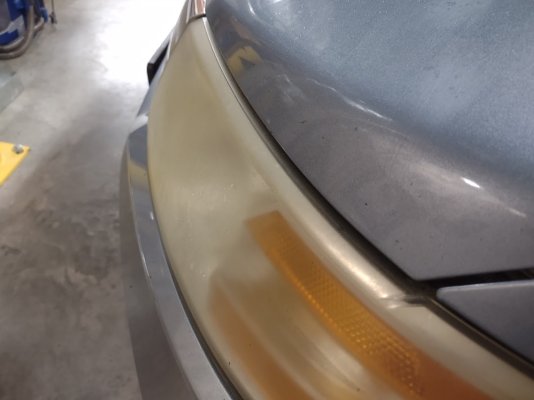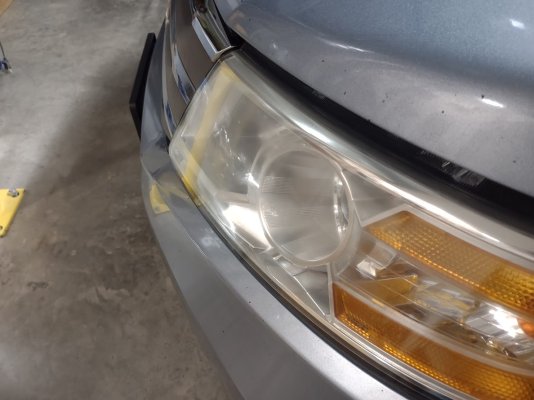Originally Posted by ERD50 View Post
Probably not a solution for your cabin, but when I was on a private well, I hooked up a micro-controller to email me if the pump ran outside of defined conditions (too long or too short of a cycle). I've got that set up on my sump pump now that I have a finished basement.
ERD, do you have any references on how to do this that a non-EE but moderately technical person could understand? My newest house has a sump pump, and I've been considering a backup, but your solution sounds a lot better (ie. cheaper).
Inspired by that post by
BlueberryPie of the water in the window well....
A little update on this, and if I get further I'll start a thread in the "Tech" forum.
I've been working on making this more generic (so it could be used for sump pump, well pump, fridge/freezer - anything you could put some sort of on/off sensor on) and setting up the code and hardware so that a non-programmer could use it. You'd still need to install an app on your computer (Win/Mac/Linux friendly) that programs the micro-controller, but that's easy and all point/click plug/play stuff.
But relevant to that post about the water in the window well, we've had an extremely dry spring. My sump pump hasn't run for (I could look it up), but at least 6 weeks. So my 3x daily status emails all report zero on/off cycles. Until yesterday - it ran 3 times overnight. Hmmmm.
So I check, there's water in the pit at the normal 'off' level, no water leaks in the basement, I walk around outside, can't see anything. Then...
I take the hose that DW waters plants with, it looks to be off, but I stick it in a bucket, and do another walk around the house. Well, that hose was dripping, filled about a 1/2 gallon in a few minutes. So running almost 24 hours, right along the foundation wall right by the pump, that eventually ran right down to the pump. So my sump monitor came in handy!
Although, the next day when she watered, she'd probably have got it turned off 100%, so not a huge deal. Oh, our water meter did detect a possible leak (not very useful, you need to jump through a hoop to check it, there is no notification system).
And of course, I reminded DW that I told her to stick the hose end in that bucket, so we'd see if it was left dripping. Dropped on the ground, it's hard to notice.
-ERD50


